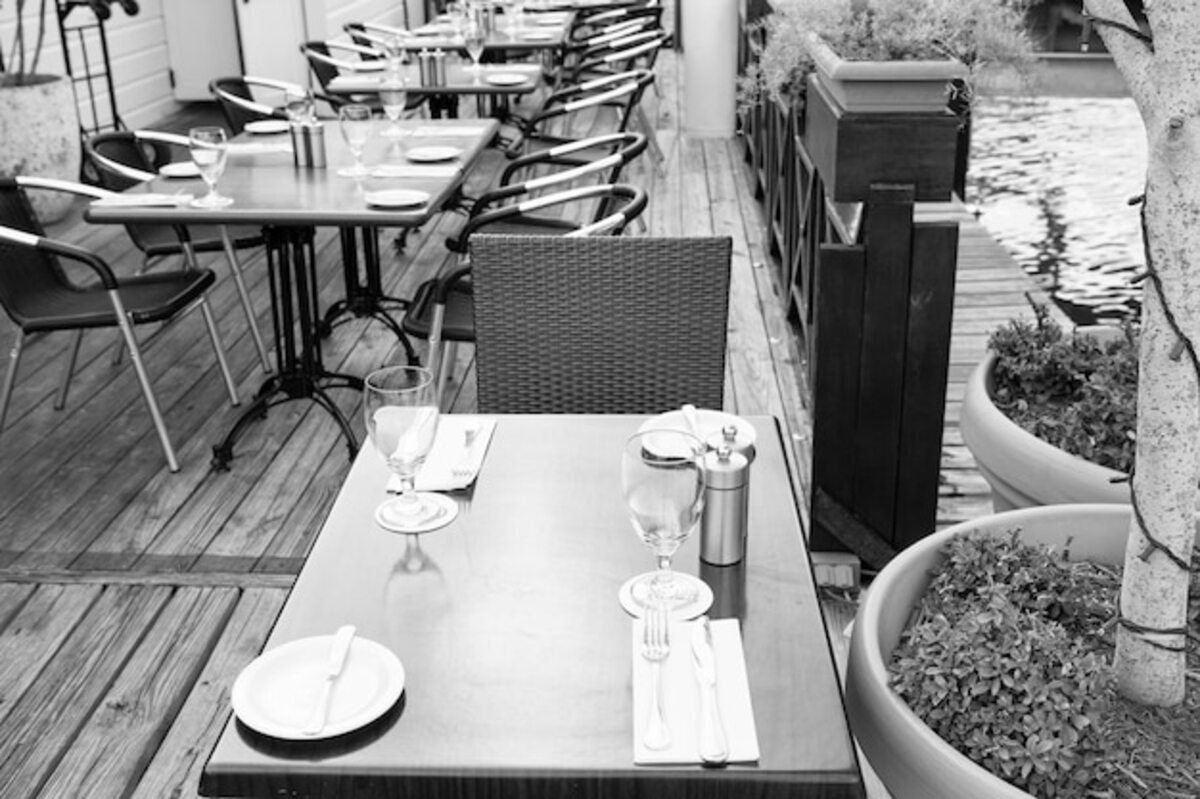The influence of gastronomic diversity on real estate value

Gastronomic diversity has become a key factor in assessing real estate value in Costa Rica. A neighborhood with a rich culinary offering not only attracts more residents but also increases property value. In this article, we will explore how restaurants, markets, and food festivals enhance the appeal of locations and, consequently, their market value. Discover why investing in areas with a vibrant culinary scene could be your best decision.
1. The relationship between gastronomy and urban development
The relationship between gastronomy and urban development is becoming increasingly evident in contemporary cities. Spaces where a diverse and quality culinary offer is concentrated not only invite residents to enjoy unique gastronomic experiences but also foster the creation of vibrant and cohesive communities. Restaurants, cafes, and local markets act as catalysts for urban development, revitalizing neighborhoods and promoting a sense of belonging among inhabitants. This phenomenon contributes to attracting new residents and investors, generating a positive cycle that enhances the real estate value of the area.
Furthermore, gastronomy has become a significant tourist attraction that drives local economic growth. Areas with a rich culinary variety are often chosen by tourists seeking to immerse themselves in the local culture through its food. This creates opportunities for complementary businesses, such as craft shops or tourism services, which also contribute to the economic dynamism of the neighborhood. As the flow of visitors and the international visibility of the area increase, nearby properties tend to appreciate, making culinary diversity an essential element for assessing the real estate potential of a specific location.
2. How local restaurants impact the real estate market
Local restaurants not only satisfy the culinary needs of residents but also play a crucial role in shaping the real estate market. The presence of a variety of dining establishments can transform an ordinary neighborhood into an attractive destination for families and professionals. When a new restaurant opens, especially one that offers a unique dining experience or regional specialties, it creates a domino effect that elevates interest in the area. This not only attracts diners but also potential buyers and renters looking to live near these amenities.
Additionally, local restaurants encourage the creation of a vibrant and active community, which contributes to the desire to reside in those areas. People value living close to diverse dining options, where they can enjoy dinners with friends or family celebrations without having to travel long distances. This increase in demand can lead to a rise in the prices of surrounding properties. Consequently, real estate investors begin to see the economic potential of investing in neighborhoods with a rich dining scene, further driving the development and improvement of the area in question.
3. The role of food festivals in the valuation of properties
Food festivals play a crucial role in enhancing property values by creating a sense of community and belonging that attracts potential buyers and renters. These events not only provide a platform for local chefs and entrepreneurs to showcase their creations, but also encourage social interaction among residents. By bringing together people from different backgrounds and culinary tastes, the festivals help to weave a strong social network that elevates the neighborhood's profile and makes it a desirable place to live. This social dynamic translates into an increased demand for housing, which positively impacts real estate values.
Additionally, food festivals often attract tourists and visitors from other areas, thus boosting the local economy. This constant flow of people can lead to an increase in pedestrian and vehicular traffic, benefiting not only the participating restaurants but also other local businesses such as shops and services. As more people visit the area for its unique culinary offerings, greater visibility is generated for nearby properties, fostering sustained appreciation over time. Therefore, investing in neighborhoods with active food festivals not only promises a vibrant lifestyle but also serves as a smart strategy to ensure the growth of real estate value.
4. Case analysis: neighborhoods with high culinary diversity
Culinary diversity in a neighborhood not only enriches the experience of residents but also acts as a powerful magnet for potential buyers. Neighborhoods like Santa Ana and Escazú in Costa Rica have seen a notable increase in their real estate value thanks to the proliferation of restaurants, cafés, and markets offering a variety of dining options. These spaces not only meet the daily needs of the inhabitants but also create a vibrant social atmosphere, where people are drawn by the possibility of enjoying different cultures through food. This appeal can be decisive for those looking to settle in areas with diverse culinary offerings, thereby elevating property value.
On the other hand, food festivals and culinary events also play a crucial role in this phenomenon. Areas like Barrio Escalante have managed to position themselves as gastronomic epicenters through fairs that celebrate local and international food diversity. The influx of visitors during these events not only promotes local businesses but also highlights the neighborhood as a dynamic and attractive place to live. This additional visibility contributes to the increased interest in nearby properties, which directly impacts their valuation. Therefore, investing in areas with high culinary diversity can translate not only into a better quality of life but also into significant long-term economic benefits.
5. The influence of gastronomic tourism on added value
Gastronomic tourism has proven to be a significant driver for the economic growth of many communities, and its influence on property value is no exception. When a neighborhood establishes itself as a culinary destination, it attracts both visitors and new residents seeking to experience its diverse food offerings. This constant influx of people not only revitalizes the local environment but also generates greater demand for housing near these points of interest, which inevitably elevates real estate market prices. Thus, property owners can benefit from the appreciation of their properties simply by being located in areas with a vibrant culinary culture. Furthermore, gastronomic tourism fosters job creation and supports local businesses, contributing to a positive cycle for the area's economy. Restaurants and markets that offer fresh and local products become attractive not only to tourists but also to permanent residents, who value quality and authenticity in their food. This dynamic creates a unique atmosphere that can translate into sustained increases in real estate demand. Consequently, investing in properties within areas recognized for their culinary diversity is not only attractive from a cultural standpoint but also financially strategic for those looking to maximize their return on investment.
6. Strategies to identify areas with culinary potential
To identify areas with culinary potential, it is essential to observe the diversity and quality of existing establishments. A good strategy is to take a stroll through the neighborhood, noting the variety of restaurants, cafés, and markets that offer local and international dining options. Areas that feature a mix of traditional food and innovative proposals are often indicative of a dynamic environment that can attract both residents and tourists. Additionally, paying attention to the presence of local entrepreneurs and food trucks can signal a vibrant and growing community, which is a positive indicator for real estate value.
Another key aspect in identifying areas with culinary potential is analyzing the programming of events related to gastronomy, such as food fairs or culinary festivals. These activities not only encourage social interaction among residents but also attract external visitors, which can translate into increased foot traffic and commercial interest in the area. Additionally, researching community initiatives that promote local cuisine or urban gardening projects can reveal a growing awareness of the importance of sustainability in the culinary offering, which could positively influence the area's appeal from a real estate perspective.
7. Future perspectives: culinary trends that affect real estate value
The trend towards seeking unique and authentic culinary experiences is transforming the real estate landscape in many regions, including Costa Rica. As consumers become more aware of the quality and variety of the culinary offerings, areas with rich culinary diversity are seeing an increase in their appeal. Real estate developers are beginning to recognize that proximity to innovative restaurants, local markets, and food festivals not only enhances the quality of life for residents but also acts as a magnet for future buyers. This creates a positive cycle where a greater influx of people drives new investments and business opportunities.
Similarly, the focus on sustainability and local products is gaining traction within the gastronomic sector, which has a direct impact on real estate value. Properties located near initiatives that promote local agriculture or responsible practices are increasingly desired by modern buyers, who seek not only a home but also a community aligned with their values. This synergy between sustainable gastronomy and real estate reinforces the importance of staying aware of emerging culinary trends; investing in areas where these practices are prominent can be highly beneficial in the long term. In summary, the future of real estate value will undoubtedly be influenced by how the gastronomic scene evolves in each region.



